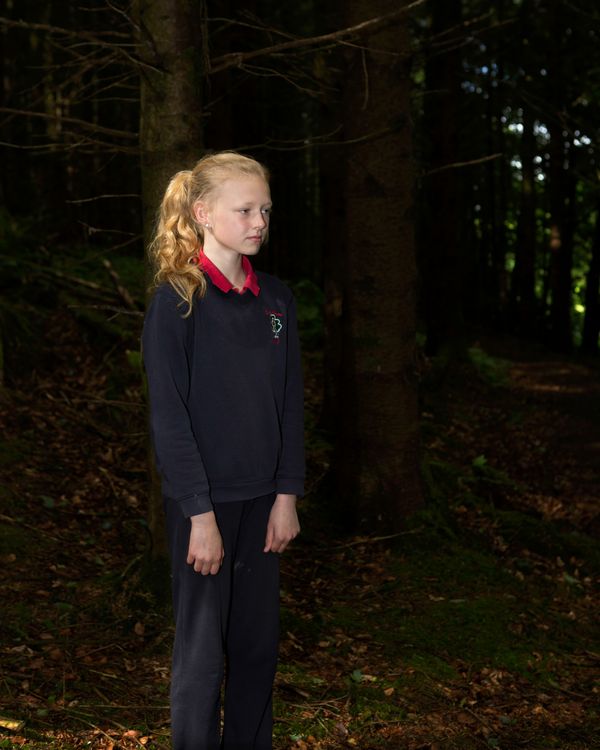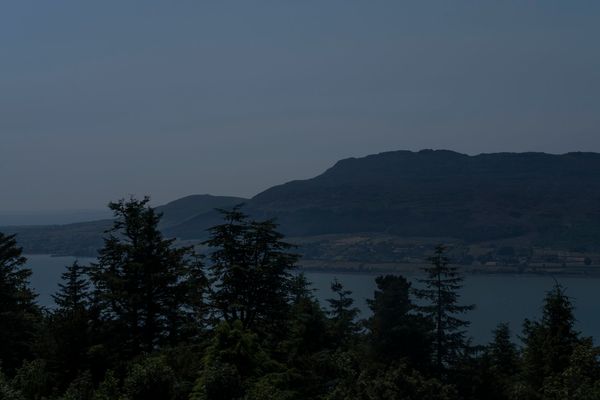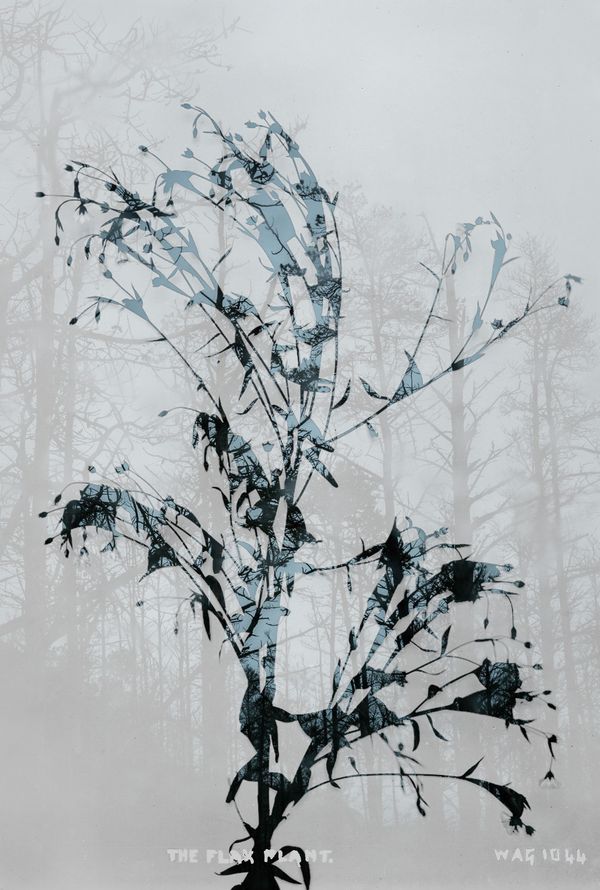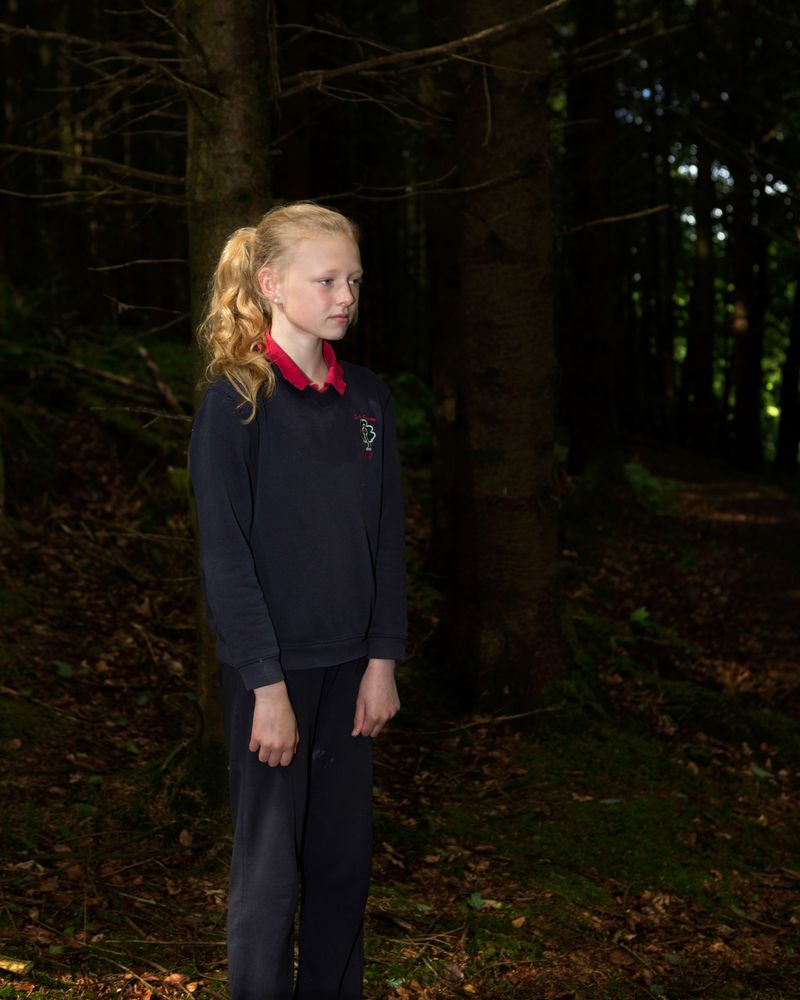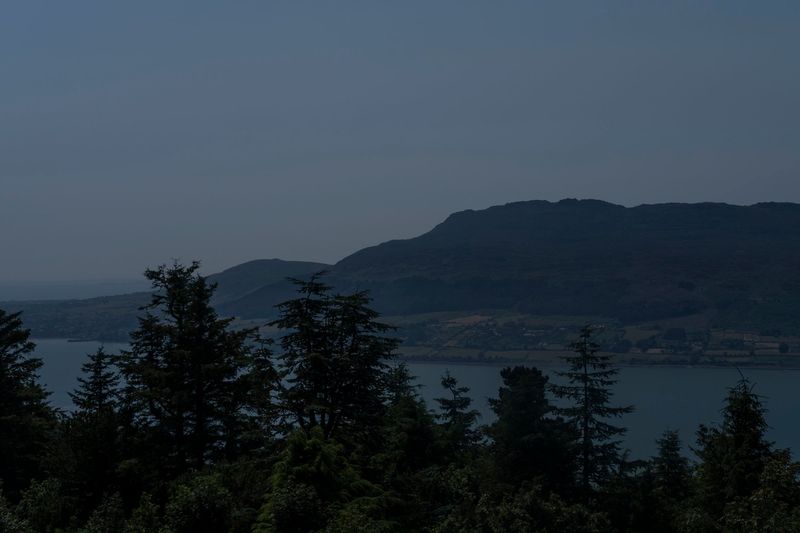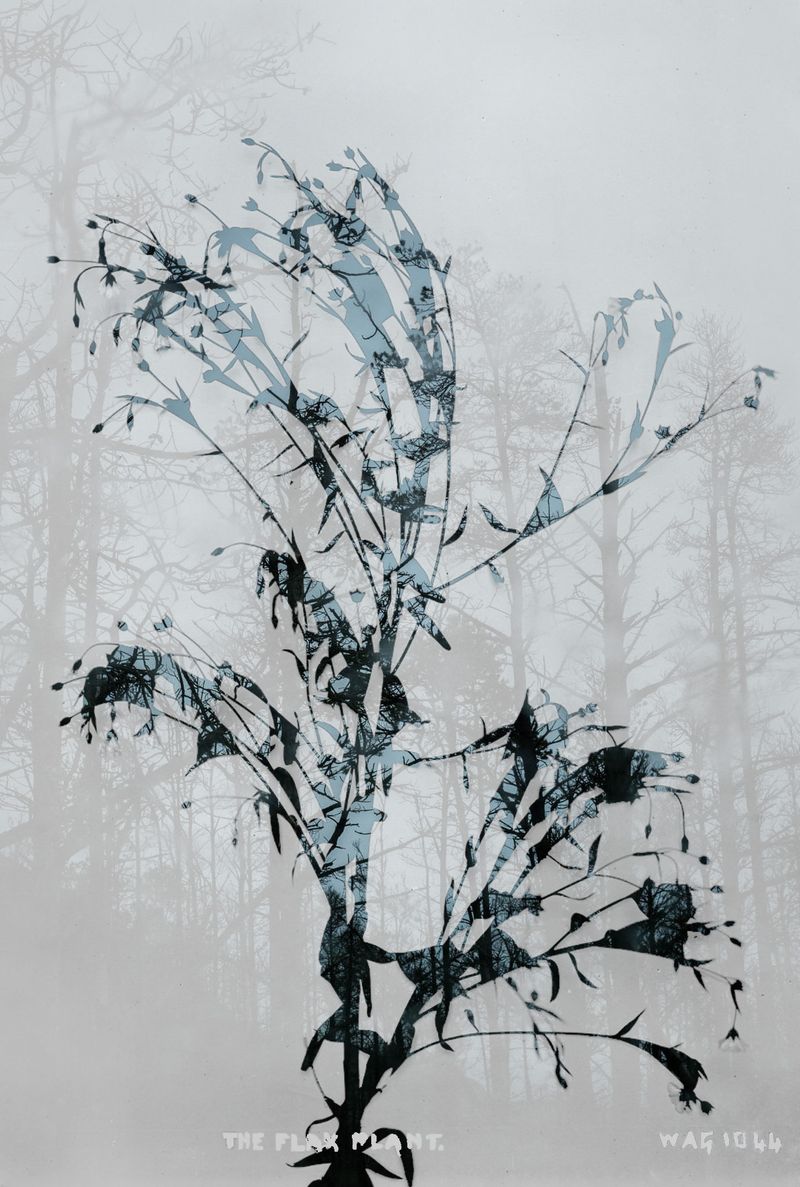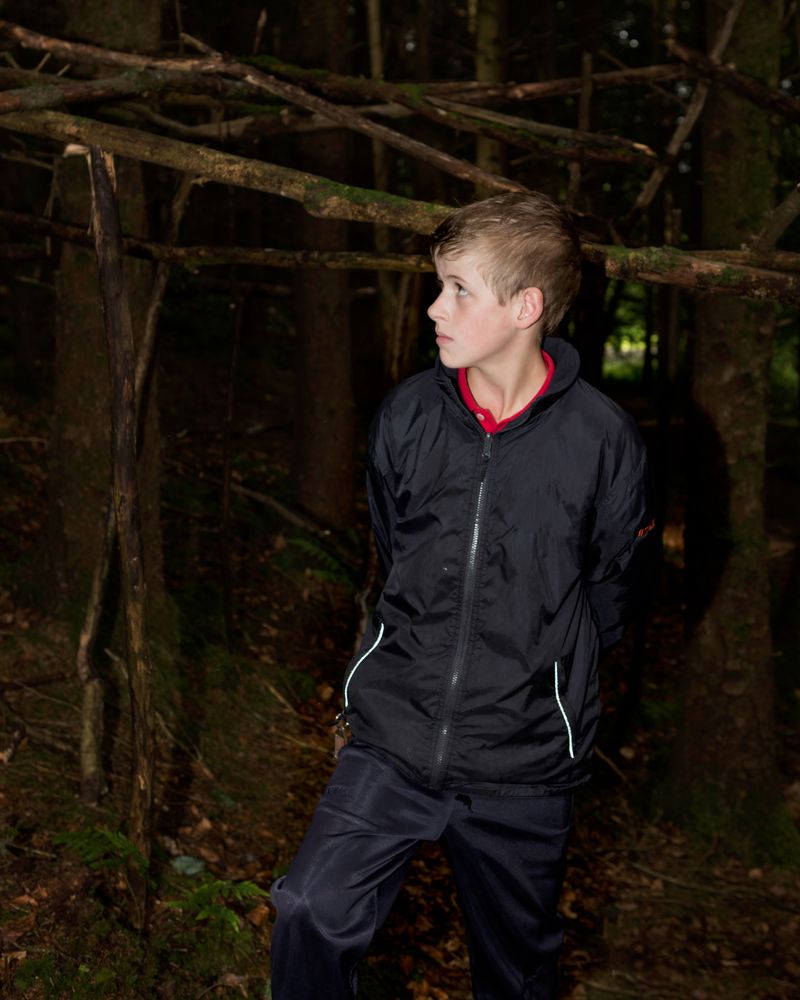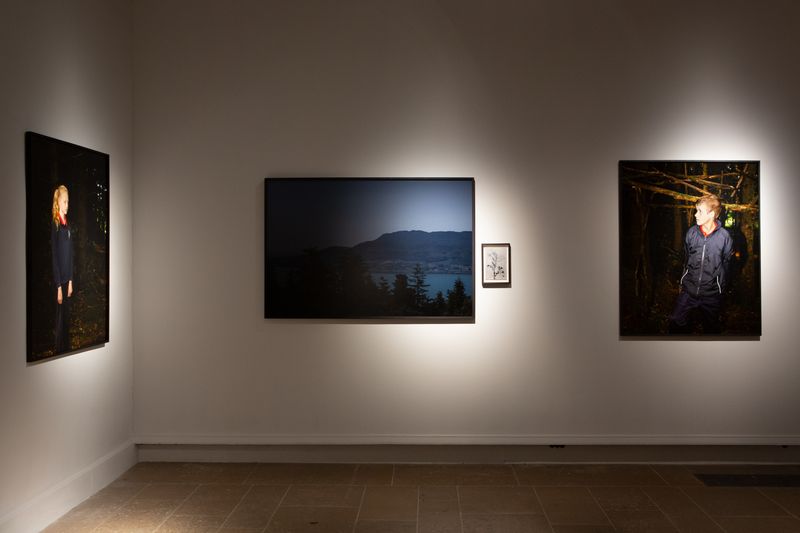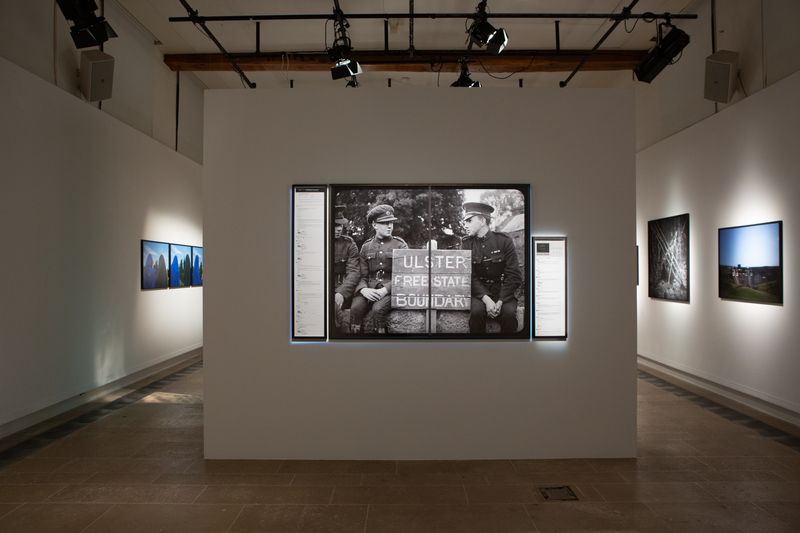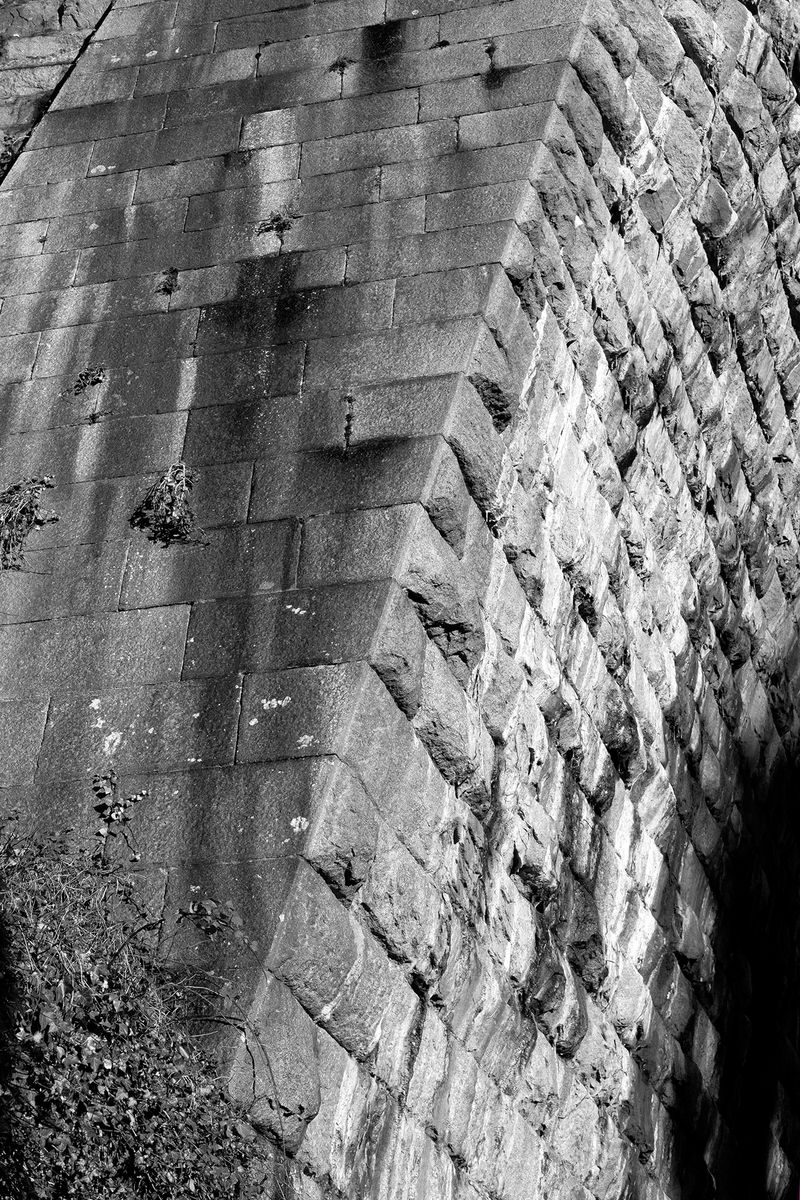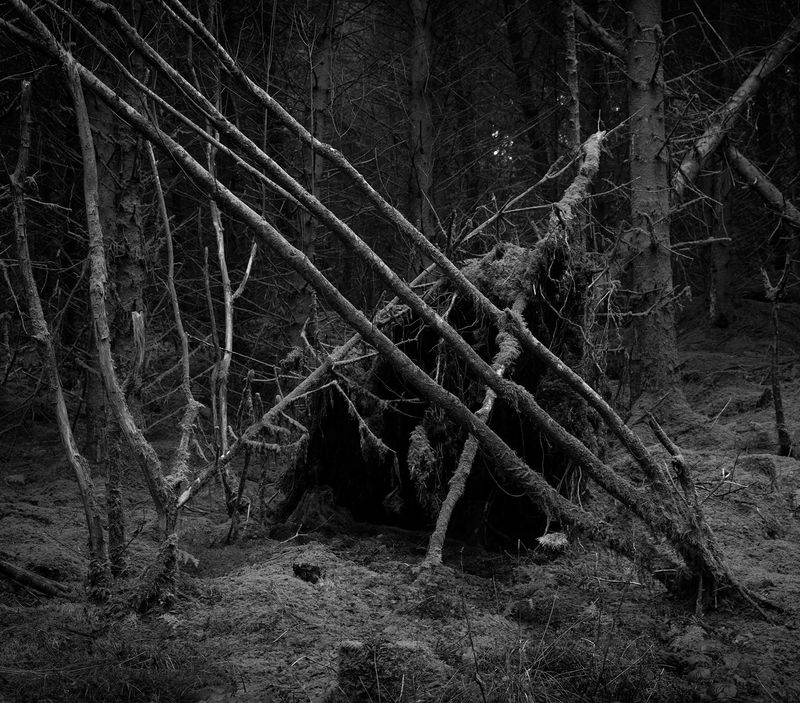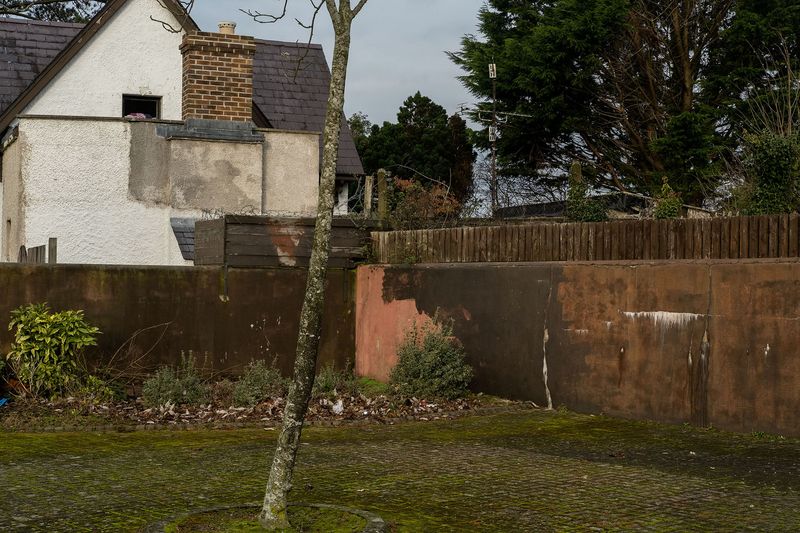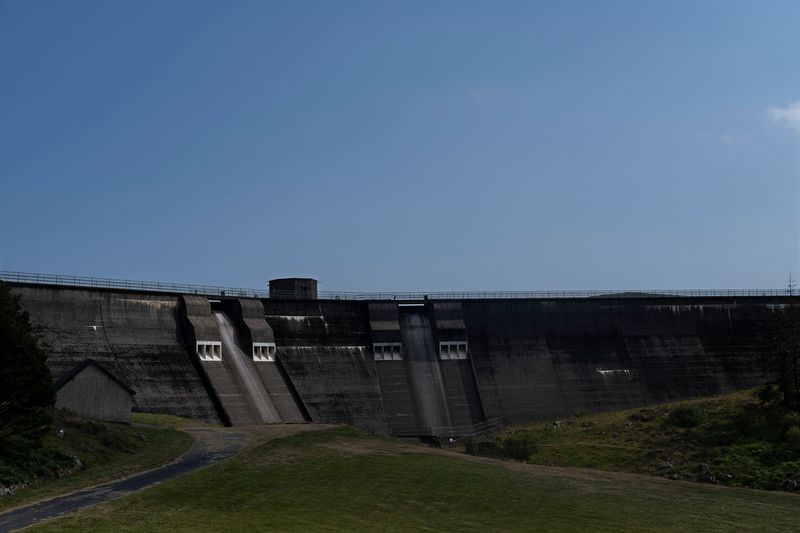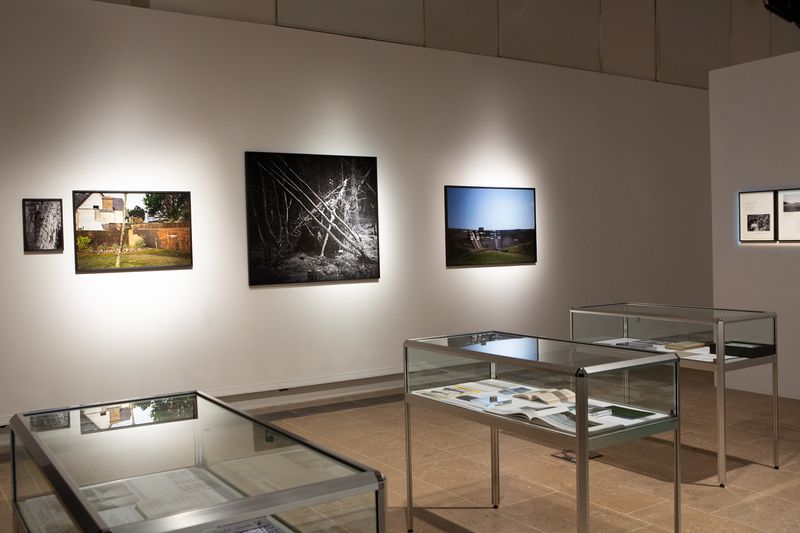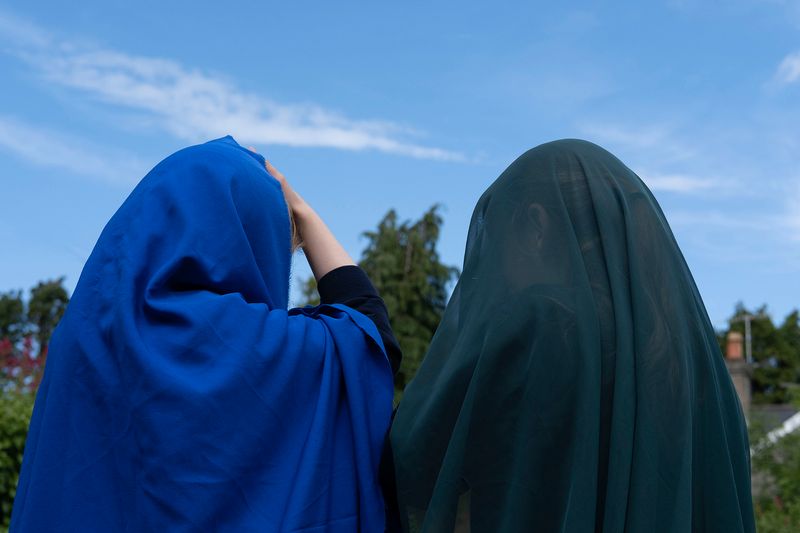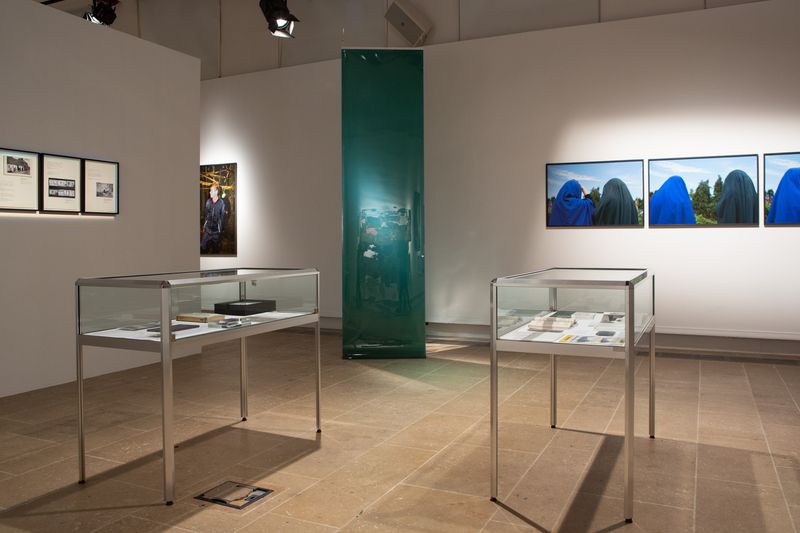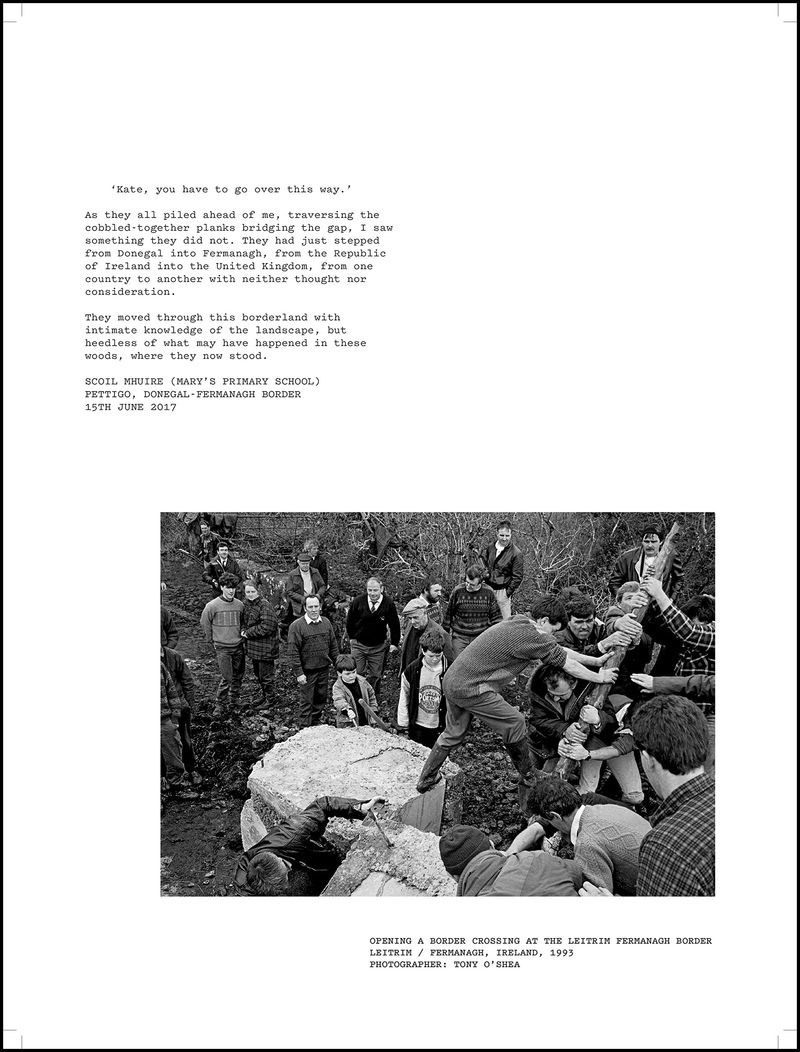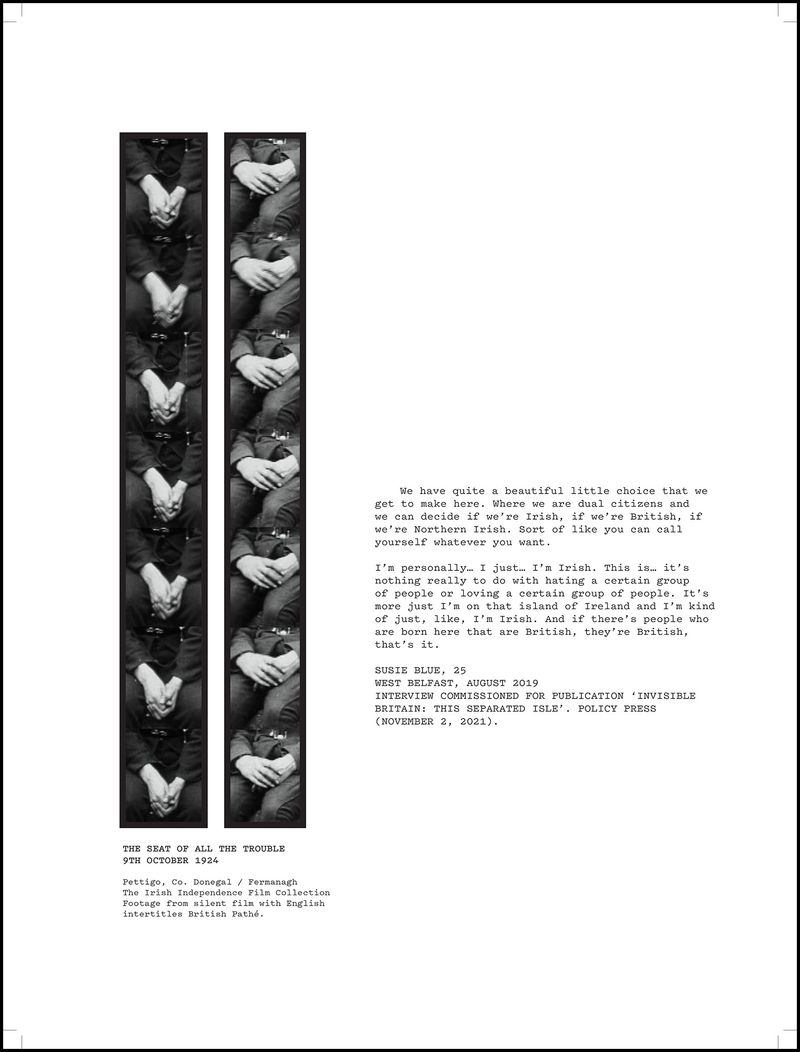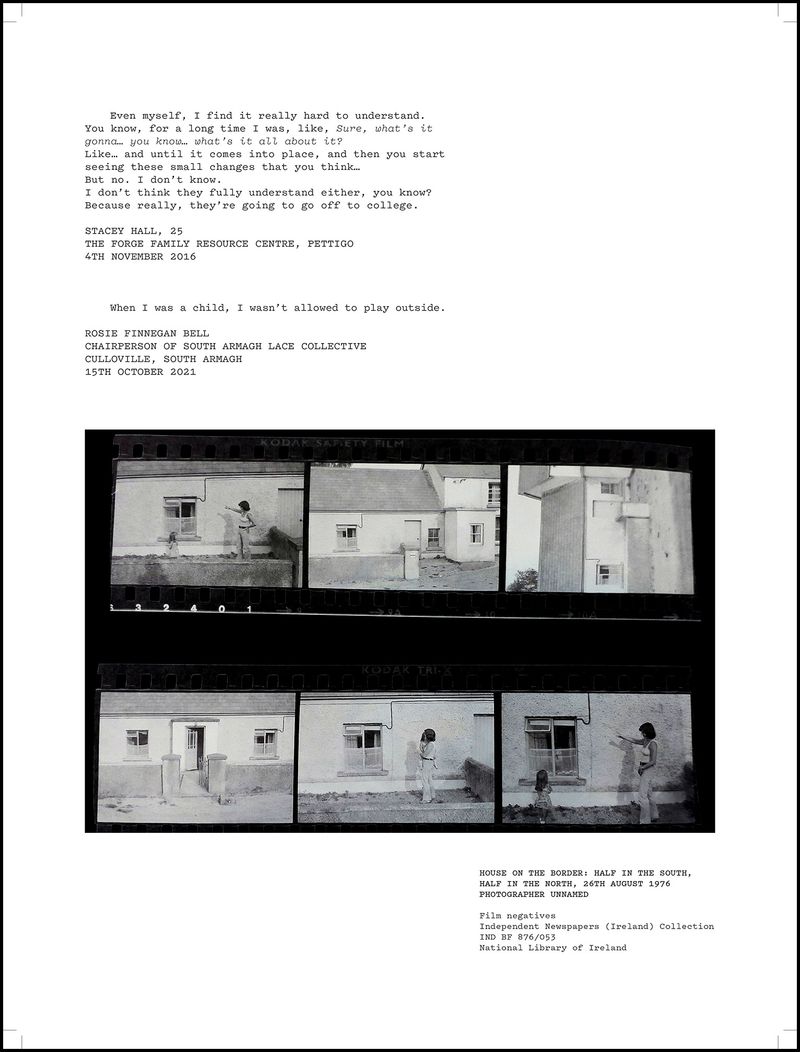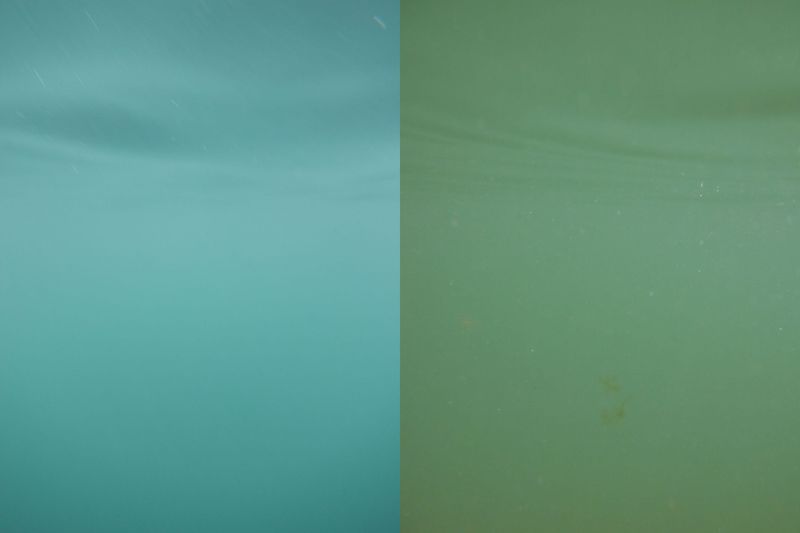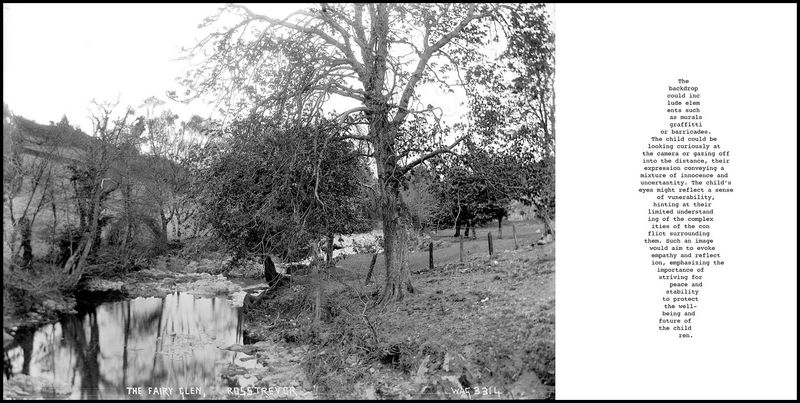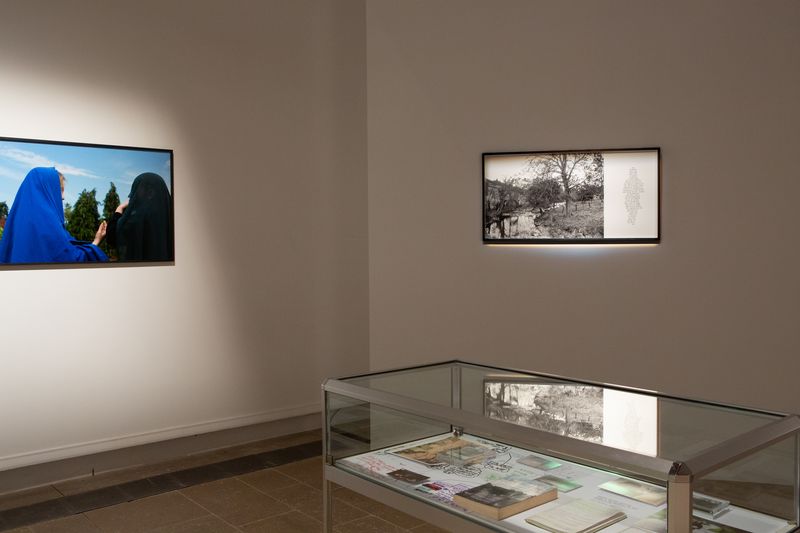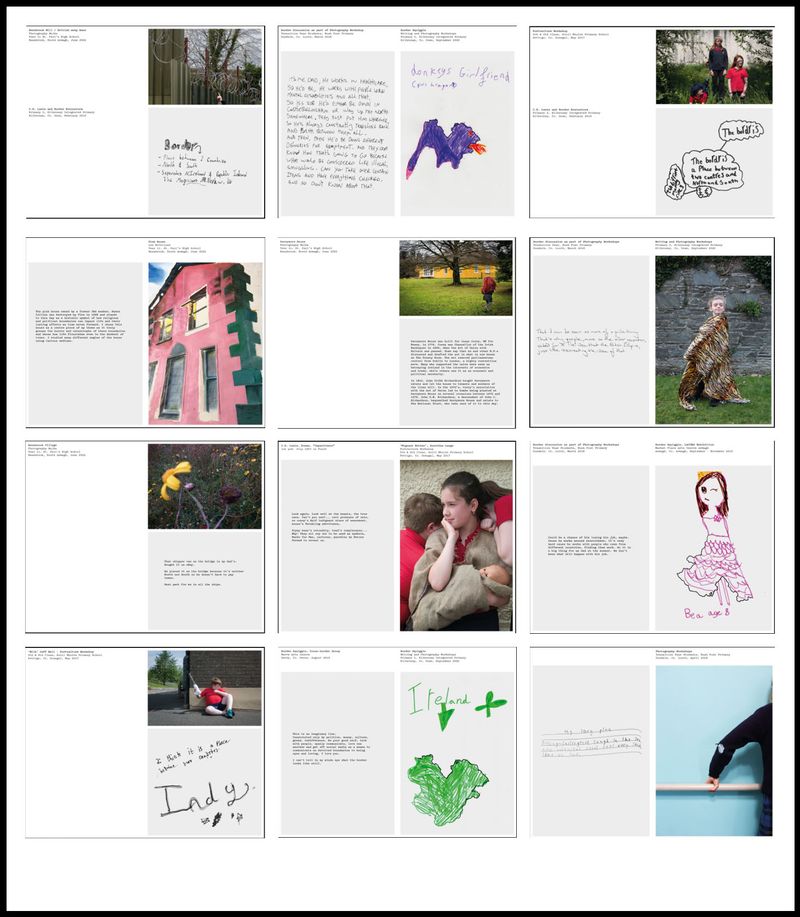LACUNA
-
Dates2016 - 2022
-
Author
- Location Dublin, Ireland
LACUNA (2016-2022) is an audio/visual work that considers the physical and psychological impact of the 1921 Partition of Ireland on young people of the borderlands.
Perhaps the most difficult thing to explain about the Irish border is the importance of its insignificance.
- Katy Hayward, Professor of Political Sociology, Queen’s University, Belfast. 2021
LACUNA considers the physical and psychological impact of the 1921 Partition of Ireland on the young people of its borderlands. The project documents the Irish frontier as a post-conflict space, challenging the fixity of the territorial border by providing a counter-narrative through the experience of youth. Born after the Good Friday Agreement, they have never experienced a ‘hard’, militarised border. In the centenary of partition and in the light of Brexit, the border is invisible to them. In their daily life, moving freely between the North and the South is a given.
Nolan carried out her research in three border locations: Pettigo, Carlingford Lough and Bessbrook. In the village of Pettigo, the River Termon marks the physical border, where crossing a bridge means stepping into another county, country, and since Brexit, into and out of the EU. In Carlingford Lough, the ferry crosses daily, from North to South, amidst sublime scenery. It is also a contested waterway in the Brexit debate on frictionless trade. The community of Bessbrook, in South Armagh, was the first ‘model village’ in Ireland, with the linen mill providing employment for generations. In 1970, the British army took the Bessbrook Mill. They left thirty-seven years later.
The LACUNA project encourages seeing through: namely, acknowledging how images can become responsive to conversations and the myth of the space. Nolan acknowledges that she is part of a visual legacy of borderland representation, marked by generations of photographers and storytellers. She takes a firm critical position towards the existing ‘reservoir’ of representations of The Troubles, and how iconic images are constructed alongside the official history and the less-heard oral stories.
LACUNA transcends the Irish case and appeals to all histories of division. Its invitation to listen to the young people in the borderlands embraces the act of ‘listening’ as a firm political position. It employs myth and imagination to explore and represent the territory conceptually, affectively and visually.
